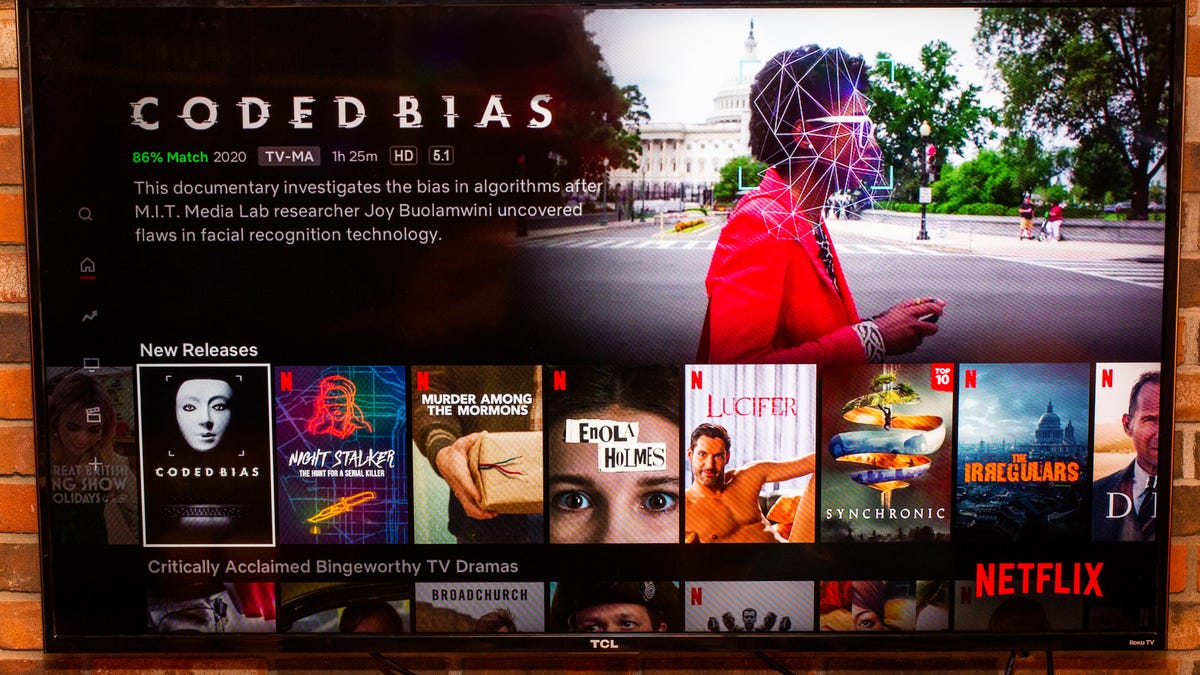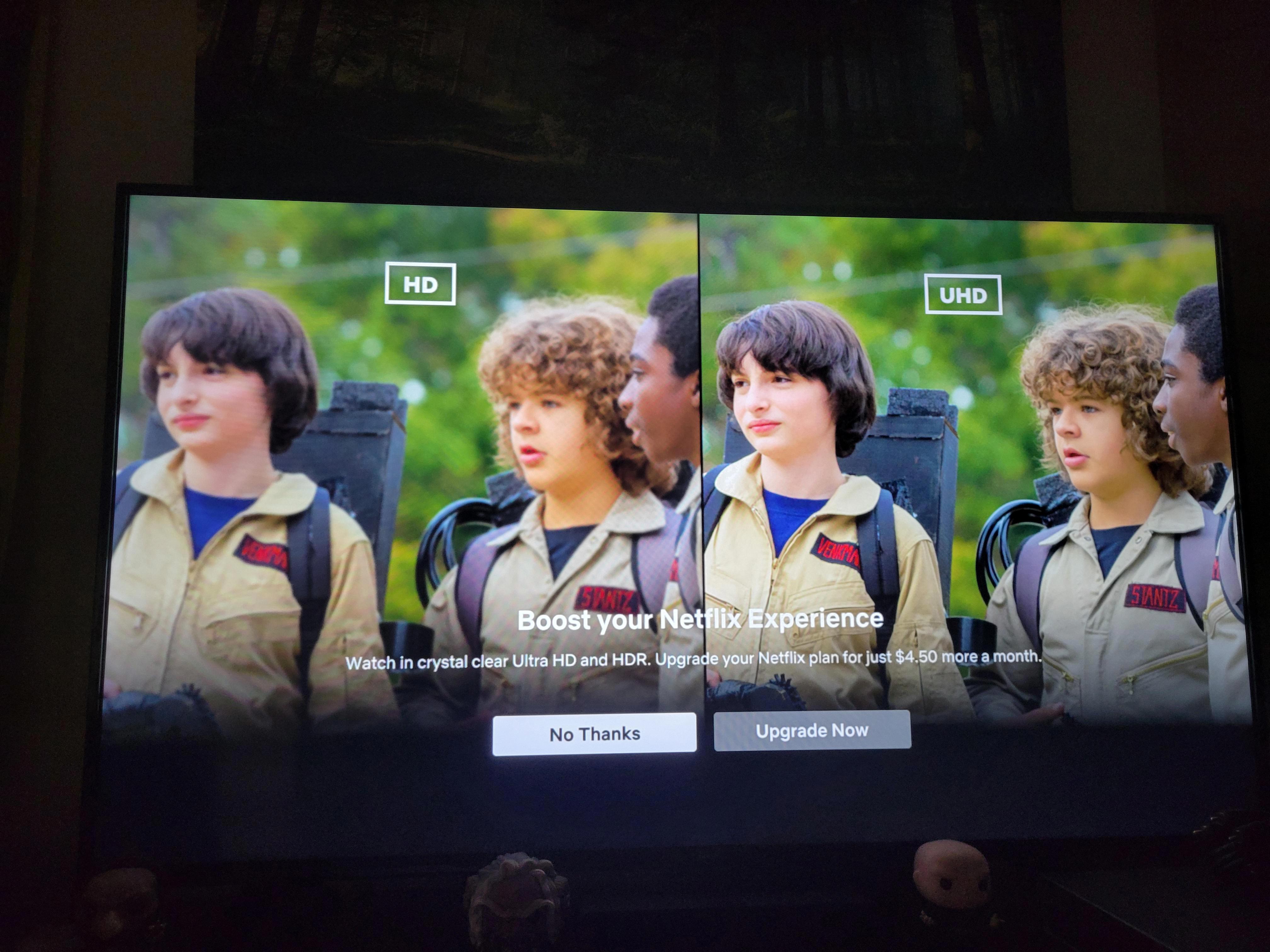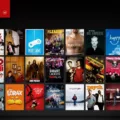Netflix is a popular streaming service that offers a wide range of movies and TV shows for its subscribers. One of the features that sets Netflix apart is its high-definition (HD) and ultra high-definition (Ultra HD) content options. In this article, we will explore the differences between HD and Ultra HD on Netflix, as well as the requirements for streaming in these resolutions.
HD, also known as 720p, is a standard high-definition image resolution that provides a clear and detailed picture. It has a resolution of 1280 x 720 pixels, which is lower than the full 1080p resolution. However, it still offers a great viewing experience, especially on smaller screens.
On the other hand, Ultra HD, also referred to as UHD or 4K, takes the viewing experience to a whole new level. With a resolution of 3840 x 2160 pixels, it is four times sharper and crisper than HD. This means that the video quality is incredibly detailed and lifelike, especially on larger screens.
To enjoy Netflix in Ultra HD, you need to have a compatible device and a steady internet connection. Netflix recommends a minimum internet speed of 25 megabits per second (Mbps) or higher for streaming in Ultra HD. However, it’s important to note that even if your internet plan meets this requirement, your actual connection speed may vary.
If you have a Premium Netflix account, you can access Ultra HD content. Simply search for shows or movies that are available in Ultra HD, and they will appear in your “Continue watching” section for easy access. Watching in Ultra HD on a big 4K TV can provide a truly cinematic experience, immersing you in the action with stunning visuals.
It’s worth mentioning that not all Netflix content is available in Ultra HD. However, the streaming service continues to expand its selection of Ultra HD content, so you can expect to find more options over time.
Netflix offers both HD and Ultra HD streaming options. HD provides a clear and detailed picture, while Ultra HD takes the viewing experience to the next level with its incredibly sharp and lifelike visuals. To stream in Ultra HD, you need a compatible device and a steady internet connection with a speed of at least 25 Mbps. So, grab some popcorn, sit back, and enjoy your favorite shows and movies in stunning clarity on Netflix.

Is It Worth Getting Ultra HD on Netflix?
It is worth getting Ultra HD on Netflix if you have a Premium account and a large 4K TV. Watching content in Ultra HD provides a highly immersive and cinematic experience. The picture quality is significantly enhanced, with sharper details, more vibrant colors, and improved contrast. It allows you to fully appreciate the visual aspects of the shows and movies you watch.
With Ultra HD, you can enjoy a more lifelike and realistic viewing experience, especially for content that is filmed or produced in 4K resolution. It provides a level of clarity and depth that is not possible with lower resolutions. This is particularly noticeable when watching nature documentaries, action-packed movies, or visually stunning films.
Furthermore, choosing Ultra HD content on Netflix has the added advantage of having it prominently displayed in the “Continue watching” section at the top of your homepage. This makes it convenient to access and resume watching your favorite shows and movies in the highest quality available.
If you have a Premium Netflix account and a compatible 4K TV, opting for Ultra HD is definitely worth it. The enhanced picture quality and immersive experience elevate your viewing pleasure, making it feel more like a cinematic event in the comfort of your own home.

Which is Better Ultra HD Or Full HD?
When comparing Ultra HD (UHD or 4K) and Full HD, it is important to consider the differences in image resolution and quality. Ultra HD offers a higher resolution and therefore generally provides a better viewing experience compared to Full HD.
Here are some key points to consider:
1. Image Resolution:
– Full HD has a resolution of 1920 x 1080 pixels, which means it can display 1920 pixels horizontally and 1080 pixels vertically.
– Ultra HD has a resolution of 3840 x 2160 pixels, which is four times the resolution of Full HD. It can display 3840 pixels horizontally and 2160 pixels vertically.
2. Clarity and Detail:
– Ultra HD offers a higher pixel density, resulting in sharper and more detailed images compared to Full HD.
– With Ultra HD, you can see more fine details and textures, making the viewing experience more immersive and lifelike.
3. Screen Size and Viewing Distance:
– The benefits of Ultra HD are more noticeable on larger screens or when viewed from closer distances.
– On smaller screens or when viewed from a distance, the difference between Ultra HD and Full HD may not be as prominent.
4. Content Availability:
– Ultra HD content is becoming more widely available, with streaming platforms, Blu-ray discs, and some cable/satellite providers offering UHD content.
– Full HD content is still prevalent and widely accessible, but the availability of Ultra HD content continues to grow.
5. Device and Cost Considerations:
– To fully experience Ultra HD, you need a compatible TV or display device that supports UHD resolution.
– Ultra HD TVs are generally more expensive than Full HD TVs, so cost may be a factor to consider.
Ultra HD offers a higher resolution, sharper image quality, and more detailed visuals compared to Full HD. However, the benefits of Ultra HD may be more noticeable on larger screens or when viewed from closer distances. The availability of Ultra HD content and the cost of compatible devices are also important factors to consider when deciding between the two resolutions.
Is Netflix Ultra HD the Same as 4K?
Netflix Ultra HD is not the same as 4K, but they are closely related. Ultra HD on Netflix refers to content that is available in a higher-density pixel ratio, resulting in a sharper video. The resolution associated with Ultra HD is 3840 x 2160 pixels, which is exactly four times the resolution of HD. This means that Ultra HD content on Netflix has four times the amount of pixels as standard HD content, leading to a more detailed and clearer image.
On the other hand, 4K is a broader term that encompasses a variety of resolutions that have a horizontal resolution of around 4000 pixels. The most common resolution considered as 4K is 3840 x 2160 pixels. So, in essence, Ultra HD on Netflix is a specific type of 4K resolution.
While Ultra HD on Netflix and 4K are closely related, Ultra HD specifically refers to the higher-density pixel ratio available on Netflix, while 4K is a broader term encompassing various resolutions with a horizontal resolution of around 4000 pixels.
Why is Netflix Not Ultra HD?
There could be several reasons why you may not be able to stream Netflix in Ultra HD:
1. Internet speed: Netflix recommends a steady internet connection speed of 25 megabits per second or higher for streaming in 4K Ultra HD. If your internet speed is slower than this, it may not be sufficient to support the higher quality streaming.
2. Network congestion: If you are experiencing network congestion, where many users in your area are utilizing the internet simultaneously, it can lead to slower internet speeds. This can affect your ability to stream in Ultra HD.
3. Device limitations: Not all devices are capable of streaming in Ultra HD. Your device must meet the necessary technical requirements, including having a compatible display and the latest Netflix app version.
4. Subscription plan: Netflix offers different subscription plans, and not all plans include access to Ultra HD content. Make sure you are subscribed to a plan that specifically allows for streaming in Ultra HD.
5. Content availability: Not all movies and TV shows on Netflix are available in Ultra HD. The availability of Ultra HD content varies depending on licensing agreements and the production quality of the content.
To troubleshoot the issue, you can try the following:
– Check your internet speed using an online speed test tool. If it is below the recommended 25 Mbps, you may need to upgrade your internet plan or contact your internet service provider for assistance.
– Ensure that your device meets the technical requirements for streaming Ultra HD content.
– Verify that you are subscribed to a Netflix plan that includes Ultra HD streaming.
– Check if the specific content you are trying to watch is available in Ultra HD. You can search for Ultra HD content in the Netflix app or website.
If you have tried these steps and are still unable to stream in Ultra HD, it may be worth contacting Netflix customer support for further assistance.
Conclusion
Netflix offers a variety of video resolutions to cater to different preferences and viewing experiences. From standard definition to high definition, and even to the ultra-high definition of 4K Ultra HD, Netflix ensures that there is something for everyone.
Watching in ultra HD on a big 4K TV can provide a cinematic experience, with a crisper and clearer image quality. The content available in 4K Ultra HD is presented in a higher-density pixel ratio, making the video even sharper and more immersive.
However, in order to enjoy 4K Ultra HD on Netflix, it is important to have a steady internet connection speed of 25 megabits per second or higher. It is recommended to test your internet connection to ensure that it meets this requirement.
Netflix continues to provide a diverse range of content and resolutions to enhance the viewing experience for its users. Whether you prefer standard definition, high definition, or the stunning clarity of 4K Ultra HD, Netflix has you covered.













